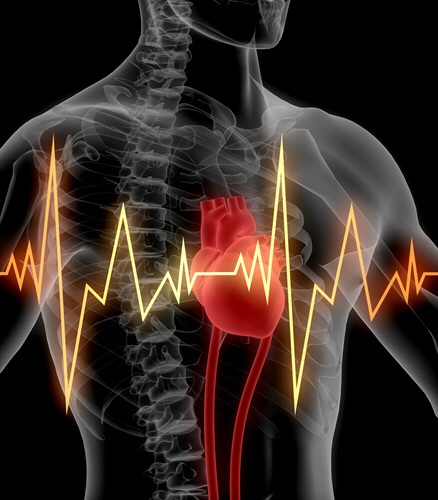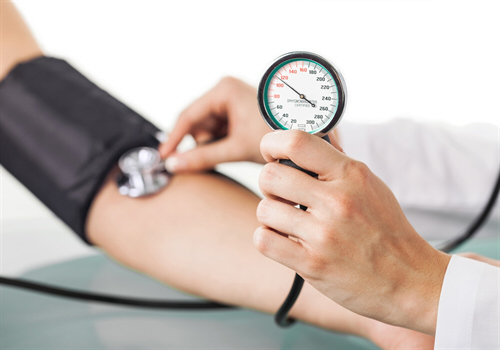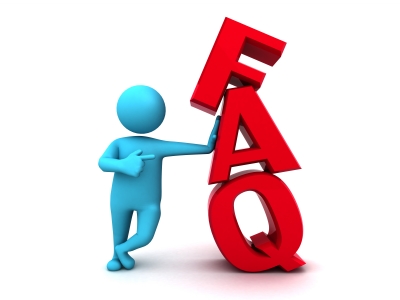What Is Blood Pressure?
Blood pressure is the pressure that is exerted on the blood vessels as it circulates around the body. As the heart beats, the blood pressure varies from minimum (diastolic) to maximum (systolic) pressure.
What Causes Blood Pressure Problems?
The difference in the mean blood pressure is responsible for the blood flowing from one location into another through circulation. High blood pressure (hypertension) is measured in millimetres of mercury as either systolic, i.e. the pressure of blood when the heart beats to pump blood out, or diastolic, which is the pressure of blood when the heart is resting in between the beats. This is reflective of how strongly the arteries are resisting any blood flow.
- Normal blood pressure is recorded as around 130/80mmHg as this is considered normal.
- High blood pressure is in the region of 140/90mmHg or higher.
- Low blood pressure is recorded as being around 90/60.
Very high or low blood pressure may be the sign of underlying health problems, although high blood pressure is more dangerous to the body. High blood pressure risk increases with age and may be related to poor diet, obesity, smoking, sedentary lifestyle, diabetes, drinking excess alcohol, undergoing stress, and depression.
Much of the time, there’s no need to be alarmed about having low blood pressure. Mild symptoms may be perfectly fine. Certain individuals have a naturally low, naturally healthy blood pressure.






please let me know what I can do with high blood pressure, while heart and lungs are perfectly okay. My bloodpressure goes up to 170/85 and makes me breathless. Nothing seems wrong with the arteries. It feels as f blood is racing through my body with enormous speed, can feel it rushing through. I am 71, woman.
In recent bloodtest everything was fine within the desired limits.
Hi Pi,
We have put together a full health plan for you to follow to help with the high blood pressure, as it is important to combine the right form of supplements, with the right diet, but also the same attention on relaxation, positive outlook and even acupressure, as detailed below. You can see the full health plan here: http://www.goodhealthhelpdesk.com/index.php?/Knowledgebase/Article/View/1911/153/blood-pressure-health-plan.
We have lots of dietary info, which is crucial to your long-term health improvement and recovery. This info can be found at these links:
http://goodhealthhelpdesk.com/index.php?/HelpDeskDirect/Knowledgebase/Article/View/9/9/really-healthy-foods
http://goodhealthhelpdesk.com/index.php?/Knowledgebase/Article/View/2521/0/the-importance-of-daily-smoothies
http://www.reallyhealthyfoods.com
Finally, it may interest you to know that we have our full acupressure info at http://www.dovehealth.com.
To ensure you can follow any part of our advice easily, within your budget, and to monitor your progress, we have free real-time telephone/Skype coaching support. Just submit your interest online at http://www.MyGoodHealthClub.com, phone (UK)0800 802 1127 (US)1-844-344-2262, or email our Health Coaching Administrator direct at admin@MyGoodHealthClub.com.
Best of Health
Your Good Health Coaching Team